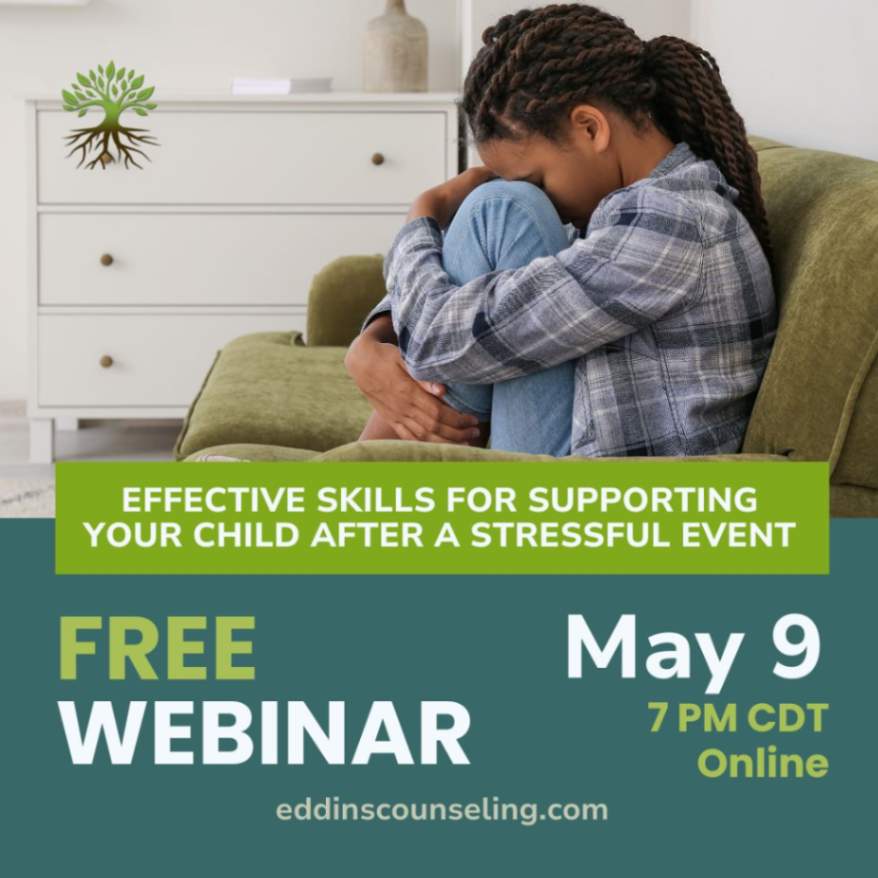May 9, 2022
What It Means to “Sit with Your Feelings (& How to Do It)”
Written by Rachel Eddins
Posted in Emotional & Mental Health and with tags: emotional health, feelings, mindfulness

Human beings have conjured up countless ways to avoid dealing with uncomfortable emotions. Because this reality is so common, there is no shame in experiencing it.
However, when we avoid uncomfortable emotions, they persist under the surface. Learning how to handle the discomfort for a short period, helps you let go of the emotion in the long-term.
Some people call this sitting with your feelings.
The legendary Mister Rogers taught us that anything mentionable is manageable. This good news can be applied when it comes to processing emotions in a productive manner.
If we can sit with our feelings, we can develop healthy coping mechanisms.
What It Means to Sit with Your Feelings
It begins with a shift in perspective. You always have the option to view negative or bad feelings as a curse. You can see them as something to complain about or, more likely, repress. However, this perspective usually results in deeper resentment and more uncomfortable feelings.
To sit without feelings requires acceptance. You understand that such emotions are inevitable. Hence, the healthiest choice is to create ways to ride them out. This may involve:
- Short circuit the desire to act out immediately
- Looking for underlying causes
- Keeping track of emotions and their triggers in a journal
- Trying out different approaches for managing tough feelings
- Asking for help
Let’s explore some self-help ideas for getting up close and personal with your emotions on a regular basis.
A Few Ways to Sit with Your Feelings
Name Your Emotions
As you practice the acceptance discussed above, it really helps to name what you are feeling. Your first instinct might be to think, “I am so mad right now.” Try replacing that with “This is anger.” This detachment may appear subtle but it’s huge. You can better process something if you don’t identify with it.
Focus on Feelings As Temporary
Another way to reduce the power your emotions may hold is to recognize that they pass — sometimes very quickly. Allow this realization to prevent you from acting on the urge to fight your feelings. They do not define you.
Read more: Cope with Difficult Emotions Using Emotional Regulation Skills
Tune Into Your Body
Without fail, you will experience your emotions more strongly somewhere in your body. Connect with the physical presence of your feelings. For example, it can manifest in pain or tension or heat or shaking. Move if you need to — stretch, walk, take deep breaths, etc. Let your body guide you to a non-emotional form of resolution.
Set a Timer
Literally. Do not react or repress an emotion until a predetermined amount of time has passed. What you do during this time period is up to you. Why not use it to do all the other things on this list?
Identify and Monitor Your Triggers
Your uncomfortable emotions did not arise in a vacuum. Practice recognizing the source. What triggers you and why? How often does this happen? The aforementioned journal is a very valuable tool for such work. It will also be super useful during your therapy sessions (see below).
When Your Emotions Are Too Big
Learning to sit with your feelings in a healthy way does not mean you deny any struggles. Our emotions have the ability to overwhelm us.
All the self-help advice in the world may not be enough. Thus, the first step for managing your feelings just may involve reaching out to a skilled professional.
When you commit to regular therapy sessions, you empower yourself to consciously sit with all of your feelings — comfortable and uncomfortable.
We would love to hear from you and offer you the support and guidance you seek. Please read more about improving your emotional wellbeing and reach out soon for a consultation when you are ready.
We offer online therapy as well as in-person therapy in Houston Heights, Houston Montrose, and Sugar Land.
Grounding & Self Soothing
Get instant access to your free ebook.
Why You Feel This Way
Get instant access to your free ebook.






















